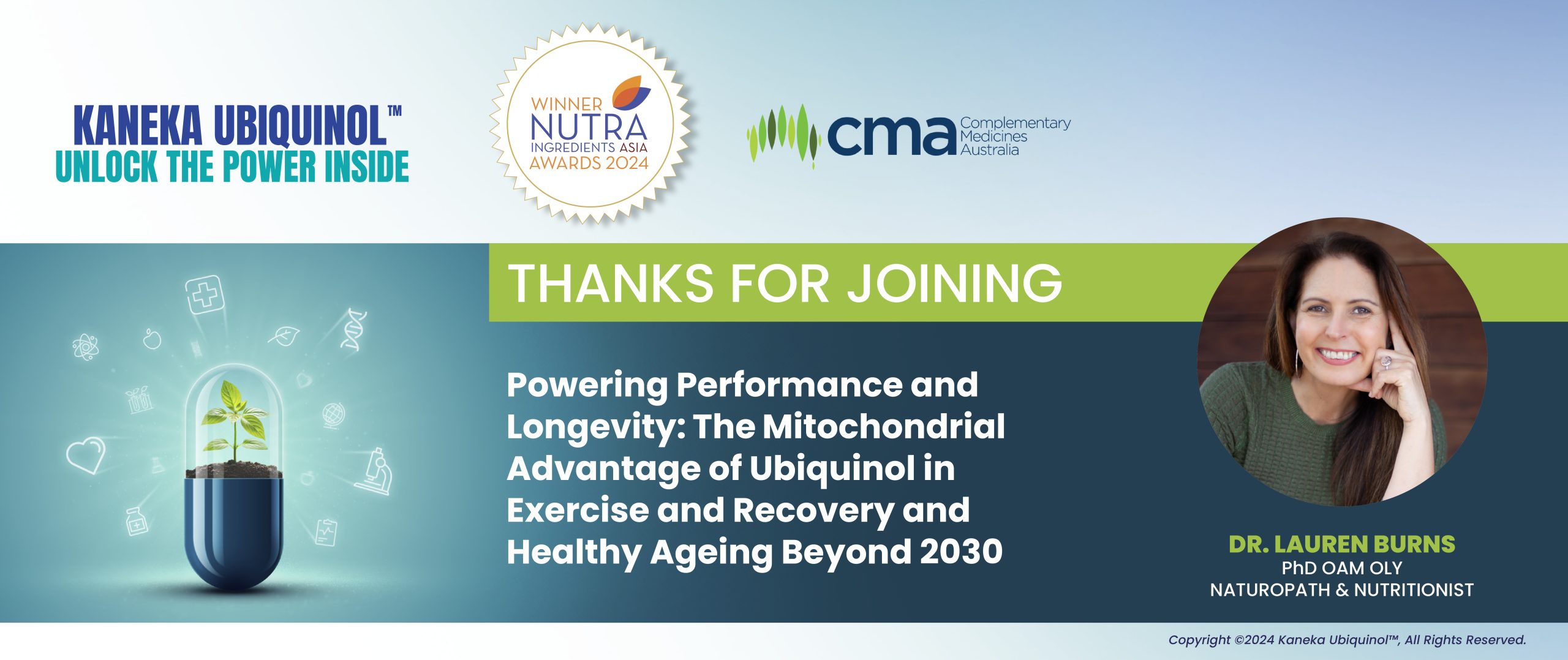
Oxidative Stress: Facts You Should Know
Feb 2021Recent Article
What is oxidative stress?
Oxidative stress is an imbalance of free radicals and antioxidants in the body, which may lead to cell and tissue disruption[1]. Oxidative stress occurs naturally and may play a role in the natural aging process[2].
Several factors may contribute to increased levels of oxidative stress, these include diet, lifestyle and environmental factors.
What are free radicals?
Free radicals are molecules with one or more unpaired electrons[3].
Cells contain small structures called mitochondria, which work to generate energy in the form of adenosine triphosphate (ATP)[4]. Mitochondria combine oxygen and glucose to produce carbon dioxide, water, and ATP4. Free radicals arise as natural by-products of this metabolic process4.
The effects of oxidative stress
Oxidative stress may have several side effects. Long term oxidative stress may disrupt bodily tissue, including lipids, proteins and DNA1. Oxidative stress may also be linked to chronic inflammation conditions1. Long-term oxidative stress may also play a role in the aging process1.
What are antioxidants?
An antioxidant is a substance that may be able to neutralise the effects of oxidative stress by donating a spare electron to help stabilise the free radical[5]. Examples of natural antioxidants include vitamin A, C, E and Ubiquinol, the active form of coenzyme q10 (coq10)5.
Health Benefits of Ubiquinol
Ubiquinol, the active form of coq10, is a fat-soluble compound found naturally in the body[6]. It is found in every cell and supports cellular energy production6. Ubiquinol also helps support cardiovascular health, support sperm motility and morphology, and supports general health and wellbeing6.
Ubiquinol is a powerful antioxidant and may help to relieve the effects of oxidative stress[7]. However, our bodies’ natural levels of ubiquinol decline as we age, starting from around age 307.
Seek advice from a healthcare practitioner to determine if supplementation is right for you. Always read the label.
[1] Pizzino, G., Irrera, N., Cucinotta, M., Pallio, G., Mannino, F., & Arcoraci, V. et al. (2017). Oxidative Stress: Harms and Benefits for Human Health. Oxidative Medicine And Cellular Longevity, 2017, 1-13. doi: 10.1155/2017/8416763.
[2] Liguori, I., Russo, G., Curcio, F., Bulli, G., Aran, L., & Della-Morte, D. et al. (2018). Oxidative stress, aging, and diseases. Clinical Interventions In Aging, Volume 13, 757-772. doi: 10.2147/cia.s158513
[3]Lobo, V., Patil, A., Phatak, A., & Chandra, N. (2010). Free radicals, antioxidants and functional foods: Impact on human health. Pharmacognosy Reviews, 4(8), 118. doi: 10.4103/0973-7847.70902
[4] Mitochondrion – much more than an energy converter | British Society for Cell Biology. (2021). Retrieved 16 February 2021, from https://bscb.org/learning-resources/softcell-e-learning/mitochondrion-much-more-than-an-energy-converter/
[5] Antioxidants. (2021). Retrieved 16 February 2021, from https://www.hsph.harvard.edu/nutritionsource/antioxidants/
[6] Saini R. (2011). Coenzyme Q10: The essential nutrient. Journal of pharmacy & bioallied sciences, 3(3), 466–467. https://doi.org/10.4103/0975-7406.84471
[7] Barcelos, I., & Haas, R. (2019). CoQ10 and Aging. Biology, 8(2), 28. doi: 10.3390/biology8020028.
You can share this by:
Keep up-to-date with Ubiquinol News
Ubiquinol Headlines

Retail Pharmacy: Healthy Ageing in the Spotlight
Apr 2025Category: Ageing, Antioxidants, APP, Conference, Conferences, Endurance, Health, Health Industry, healthy ageing, Immunity, In The News, Mitochondrial health, Nutrition, Online, Stress, Ubiquinol, Vitamins, wellnessRead More
Retail Pharmacy: The Impact of Loneliness on Heart Health
Apr 2025Category: cardiovascular health, dr ross walker, Heart, In The News, Mitochondrial health, Online, UbiquinolRead More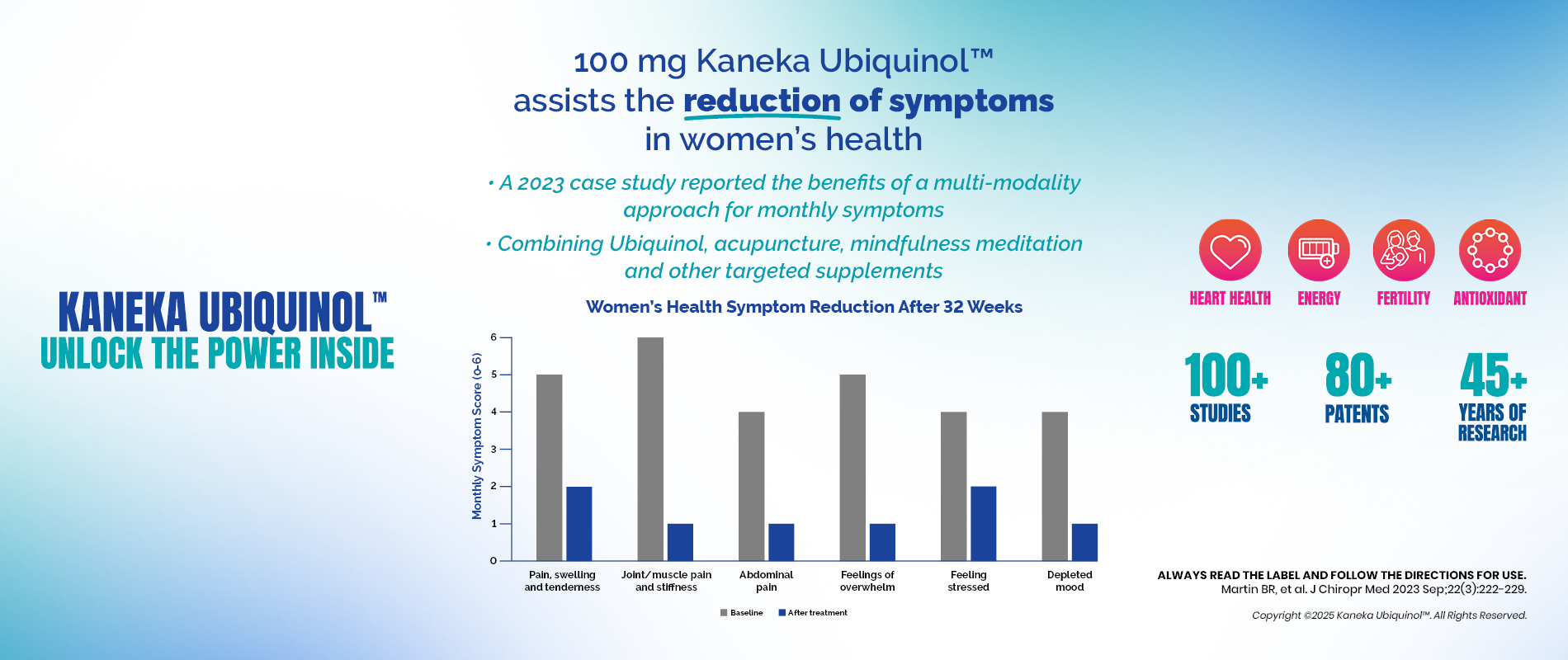
Ubiquinol for Women’s Health
Apr 2025Category: Ageing, Antioxidants, Fertility, Kaneka, Mitochondrial health, Ubiquinol, wellness, Women's HealthRead More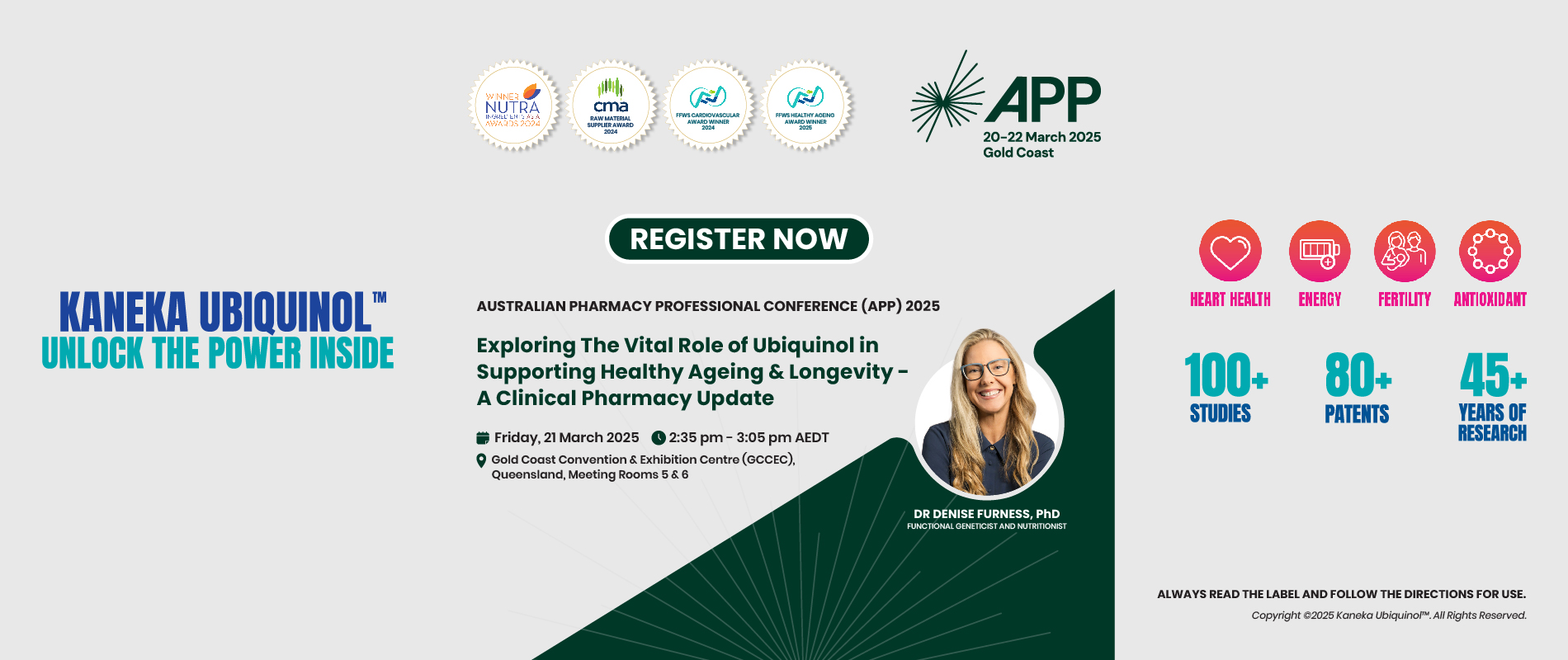
Kaneka Ubiquinol™ at APP 2025: Advancing Healthy Ageing & Longevity
Mar 2025Category: Ageing, Antioxidants, APP, Conference, Conferences, Energy, Fatigue, Health, Health Industry, healthy ageing, Kaneka, Mitochondrial health, Nutrition, UbiquinolRead More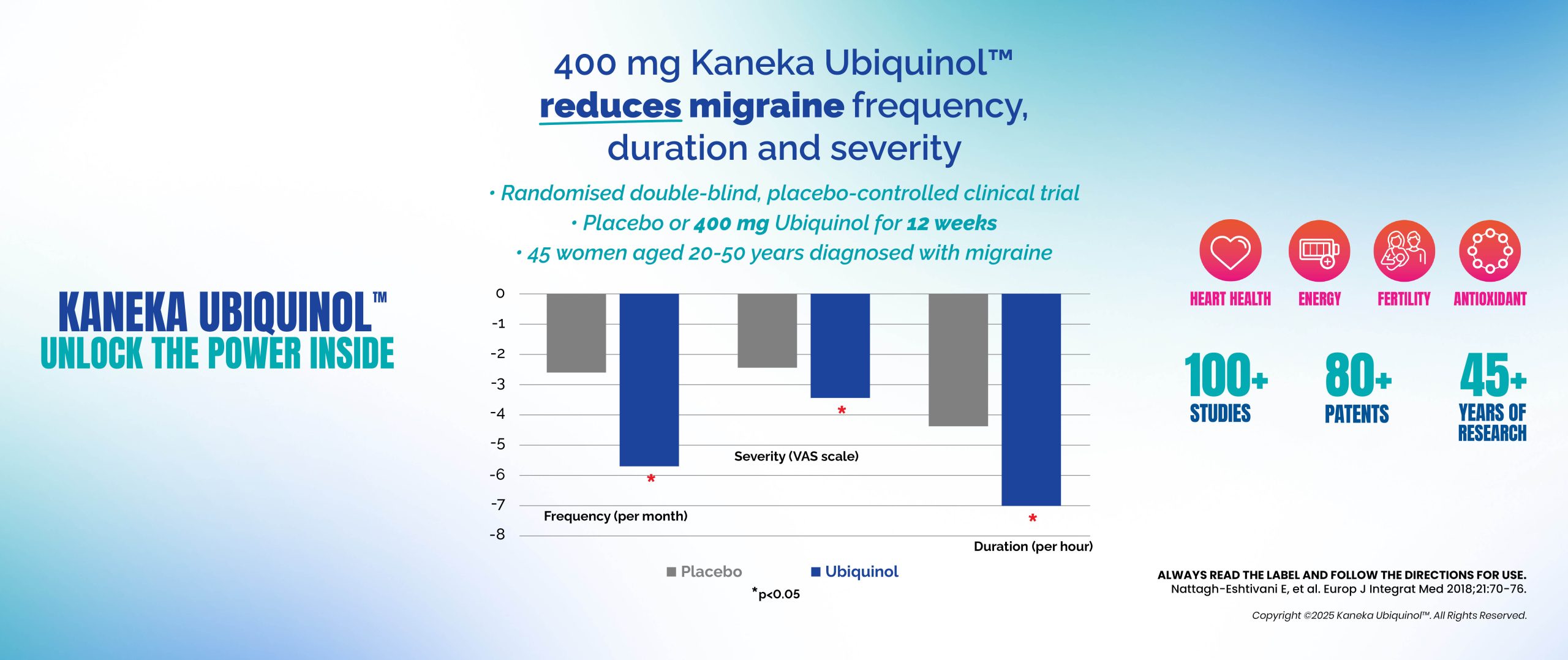
Ubiquinol: Supporting Migraine Relief Through Cellular Energy
Jan 2025Category: Antioxidants, complementary medicine, Energy, Fatigue, Health, Health Industry, healthy ageing, Kaneka, Mitochondrial health, Nutrition, Stress, Ubiquinol, Vitamins, wellnessRead More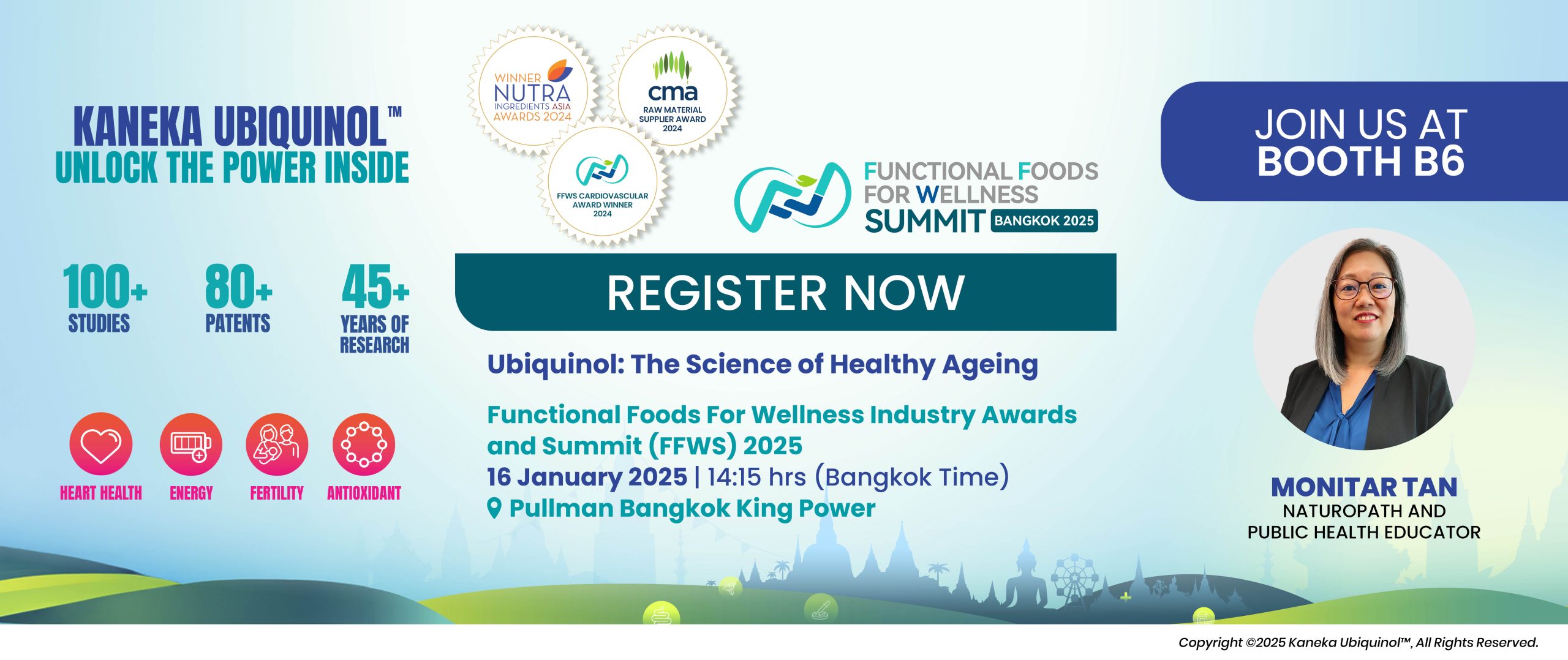
Kaneka Ubiquinol™ at Functional Foods for Wellness Industry Awards and Summit, #FFWS2025
Jan 2025Category: Ageing, Antioxidants, Awards, cardiovascular health, Conference, Conferences, Energy, Fatigue, FFWS2025, Health, Health Industry, healthy ageing, Kaneka, Menopause, Mitochondrial health, Nutrition, Ubiquinol, VitaminsRead More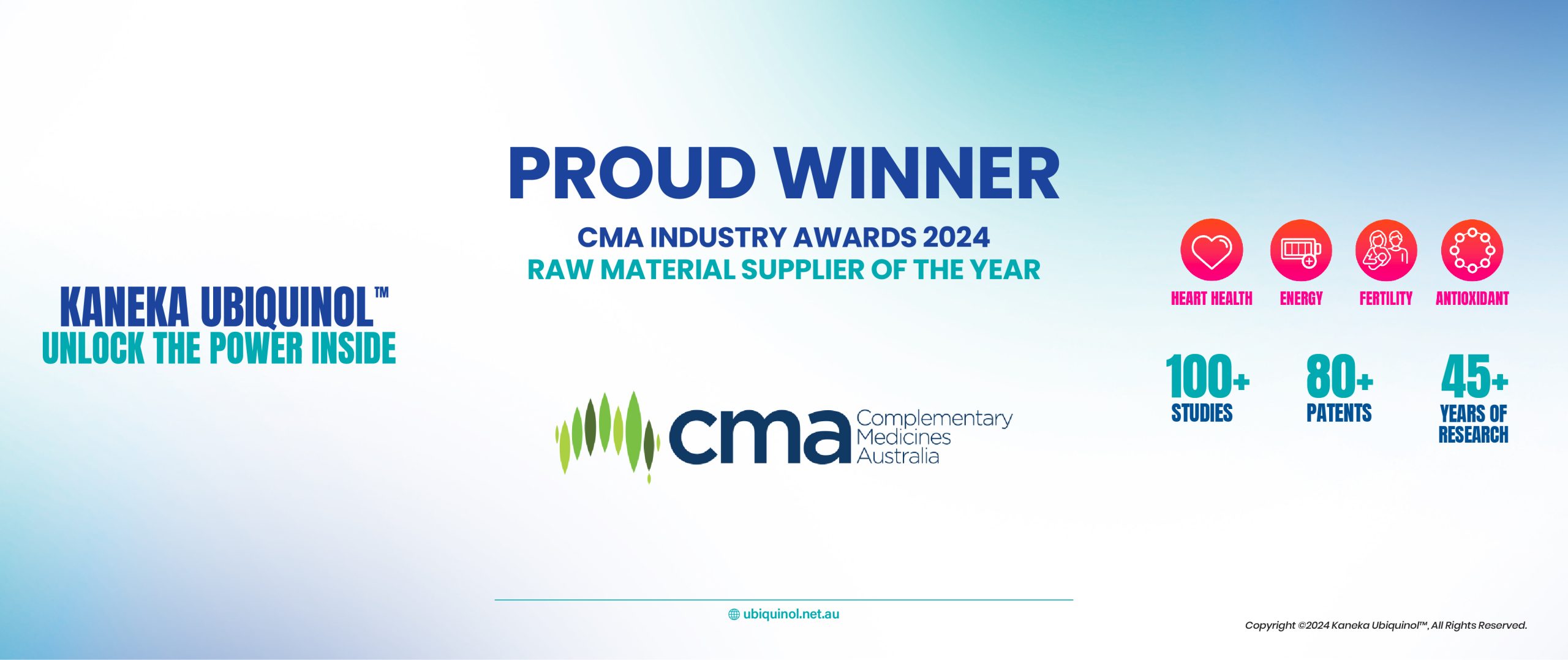
Kaneka Ubiquinol Wins Prestigious Complementary Medicines Raw Material Supplier of the Year Award 2024
Dec 2024Category: Ageing, Awards, cardiovascular health, complementary medicine, Conference, Conferences, Endurance, Energy, Fatigue, Fertility, Fitness, Health, Health Industry, healthy ageing, Heart, Immunity, In The News, Kaneka, Lungs, Memory, Mitochondrial health, Nutrition, Online, Stress, Ubiquinol, Vitamins, wellnessRead More